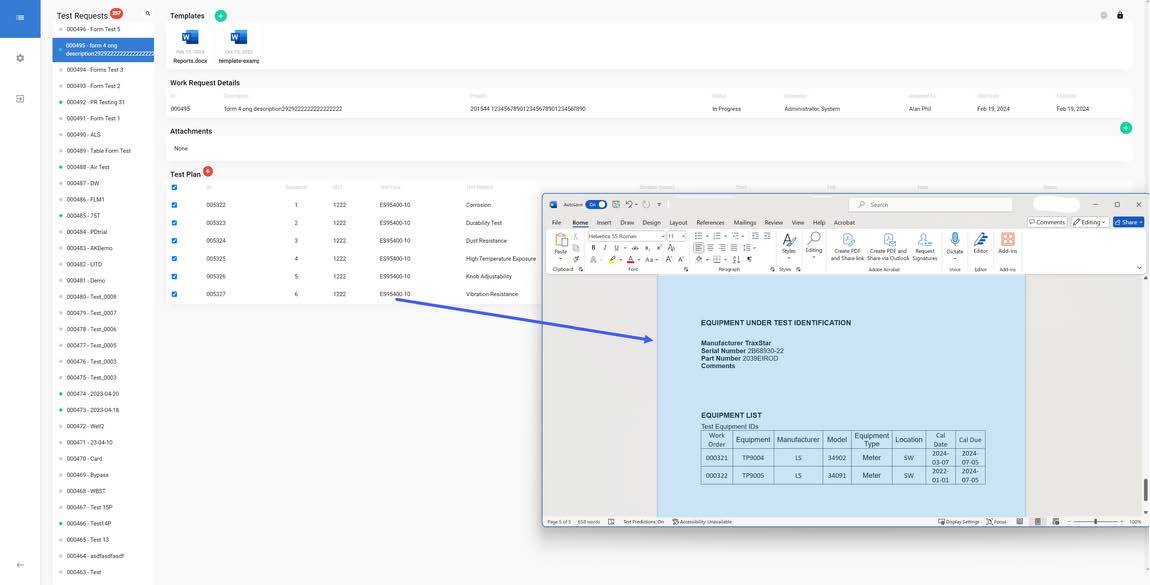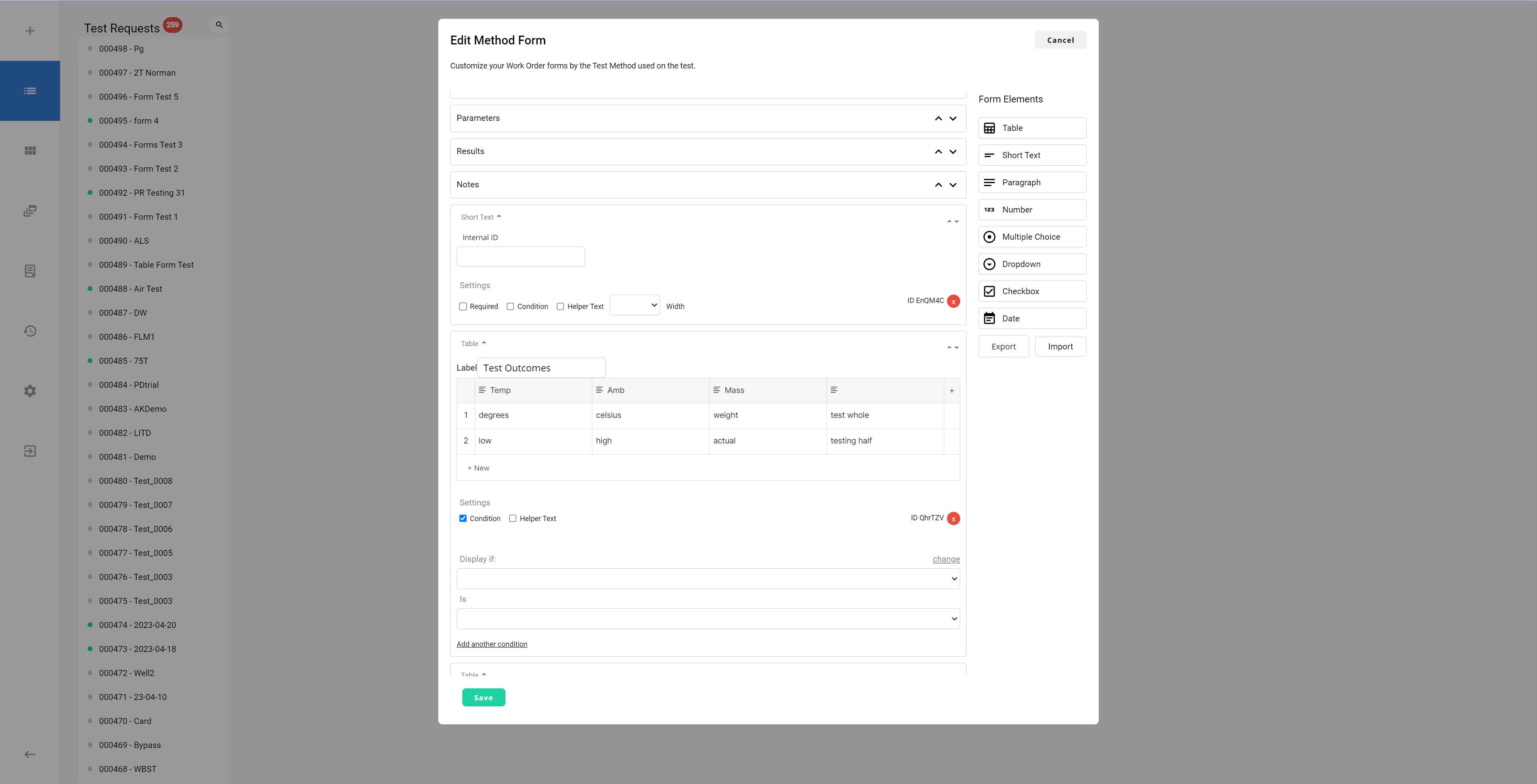Audits are crucial for test lab’s business. Staying compliant is important to maintain a healthy business and keep the customer happy. One of the best audit strategies for lab management is risk aversion, which means you will always stay ahead of any potential issues with less chance for audit deficiencies.
We at TraxStar want to give our customers peace of mind and are designed to address ISO 17025 shortcomings, allowing them to stay up-to-date on regulations. That is precisely what we go through in our new blog post, which is the first in a series of articles on ISO 17025 and deficiencies cited by assessors during assessments to ISO 17025. Check it out here.
Here we are looking at clauses 6.2 and 8.3 of ISO 17025 deficiencies cited;
1. Clause 6.2 (Formerly 5.2): The clause covers the records, expertise, and performance of laboratory staff. The following are some examples of breaches against ISO 17025 Section 6.2:
- For a technician, there were no test authorization records in place;
- The laboratory hasn't yet set forth the criteria for an adequately trained and certified Internal Auditor.
- Even though the new employee was said to be in training, he or she was performing testing in the lab without supervision.
The lack of updated authorization records or the inability to generate these records at the time of the evaluation is generally found to be at the core of these shortcomings. Corrective actions generally entail locating and delivering the information that was missing or unavailable at the time of the evaluation, as well as conducting the necessary training for relevant personnel and producing evidence of finished training events.
2. Clause 8.3 (Formerly 4.3): This clause covers laboratory document control. The following are some examples of the deficiencies that have been reported against ISO 17025 Section 8.3:
- The laboratory Master List of Controlled Documents is out-of-date;
- During testing, an obsolete procedure is being utilized;
- Documents in the management system are not individually identified.
Many of these flaws are the result of a failure to follow the document control procedure. When a critical failure occurs, corrective actions might include more stringent adherence to the laboratory's document control procedure and spot checks or audits to guarantee continuing compliance.
These two examples of lab deficiencies show how important it is to stay on top of your lab data and stay risk-averse.
Staying risk-averse is a huge aspect of being compliant with ISO 17025. Let's look at what risk aversion is and how to adopt a risk-averse mentality for better lab management while staying on top of data so when audits come you can be ready for them in a flash.
What is ISO 17025 risk aversion
A lot of people are worried about getting audited, but the fear of audits shouldn't be paralyzing. That's why a risk-aversion mindset is so helpful. Auditors fear risk-aversion because it basically means you will always stay ahead of any potential issues with less chance for audit deficiencies. Risk aversion focuses on guarantees and low risk with being less reluctant to take risks.
Continuing with the ISO 17025 Risk Aversion article, this section will address the benefits of adopting a risk-averse mentality and how to avoid audits.
Why should you care about ISO 17025 risk aversion
One of the upsides of having a risk aversion mentality is that you will always stay compliant with any potential issues with less chance for audit deficiencies which can lead to fines or penalties.
It protects your company and keeps it running smoothly so you can stay focused on what's important - taking care of your customers.
How to adopt a risk-averse mentality
In order to become more risk-averse in your work environment, it's important to take into consideration all of the steps that you can do to minimize your risks. It can be a lot to keep track of, but there are certain things you should always be thinking about to stay compliant. You want to avoid any deficiencies or oversights that can lead to fines or penalties. With our software QATrax, we help you identify a risk-averse mindset and stay ahead of audits with ISO 17025 compliance.
Benefits of adopting a risk-averse mentality
One upside of adopting a risk-averse mentality is that you're more likely to stay compliant with any potential issues with less chance for audit deficiencies which can lead to costly fines or penalties. Another benefit of ISO 17025 Risk Aversion is that it makes management easier for lab staff. ISO 17025 Risk Aversion simplifies procedures, reduces preparation time, and gives lab managers more time to focus on other areas. ISO 17025 Risk Aversion provides risk prevention without seeming like an imposition on the lab staff.
The downside to being too risk-averse
If you're too risk-averse, you might miss out on opportunities to explore different routes or methods of doing things. You should always be seeking out improvement opportunities, even if ISO 17025 risk aversion is involved.
Tips for becoming more risk-averse
So how do you avoid these examples of common lab deficiencies in order to stay compliant with ISO 17025 in your lab?
It’s not fun to think about the possibility of your company being audited for ISO 17025 deficiencies. You may be thinking, “How would I know if my organization is compliant? What are the steps I need to take so that an audit won’t happen in the first place? Is there any way to avoid it altogether?” We at TraxStar want you and all our customers to have peace of mind knowing they can stay up-to-date on regulations by providing them with a risk aversion insurance policy against ISO 17025 deficiencies with our software QATrax that helps you stay on top of your ISO 17025 compliance.
Book a demo with us today and find out how QATrax can help you become more risk-averse and stay ISO 17025 compliant, at traxstar.com/demo.









